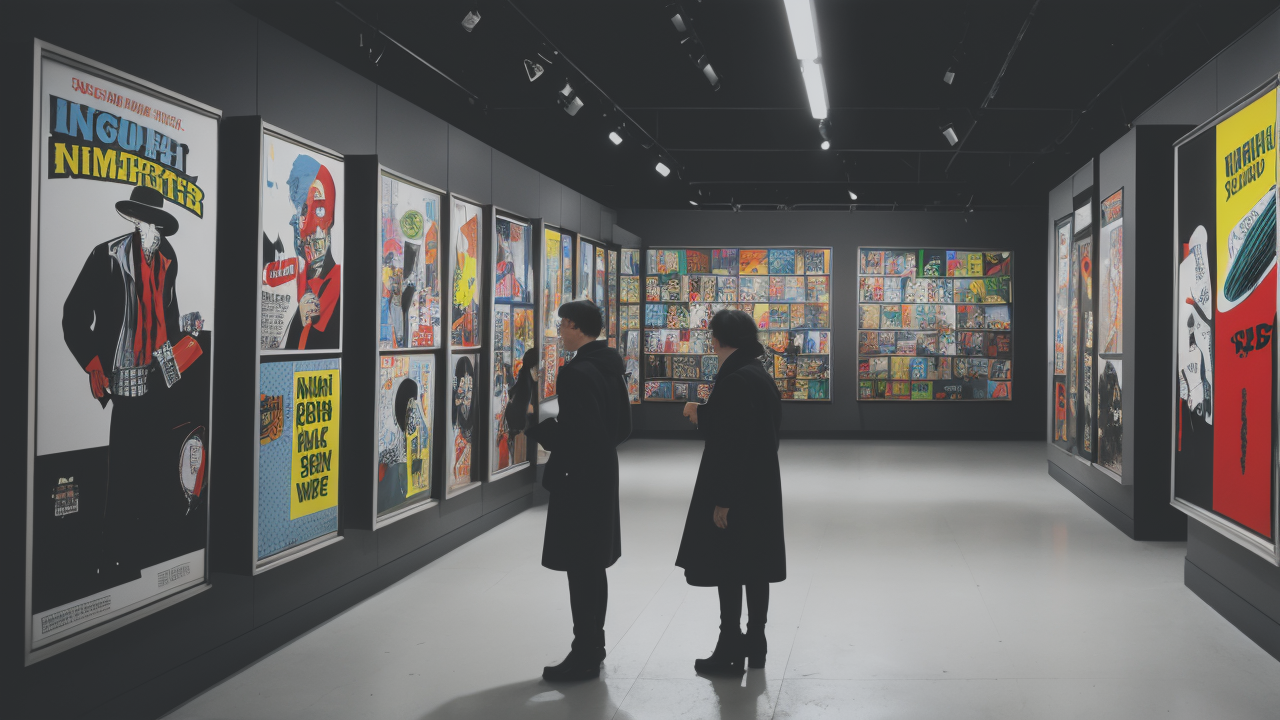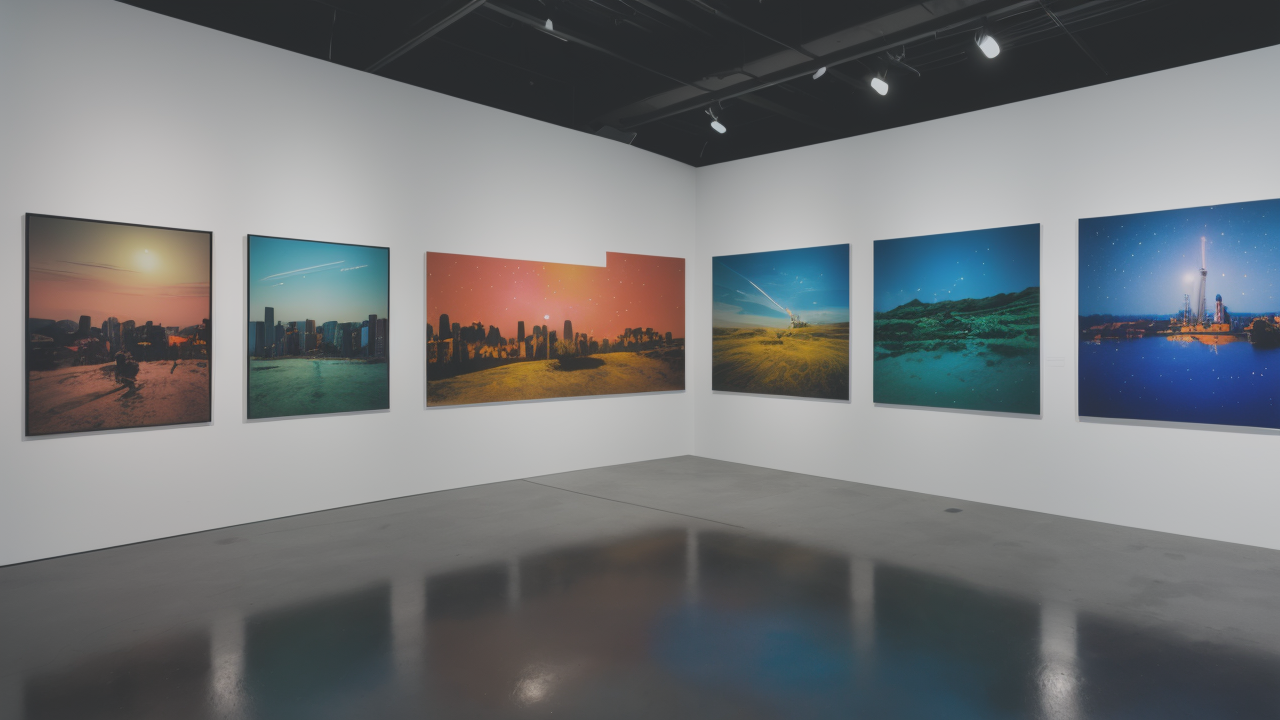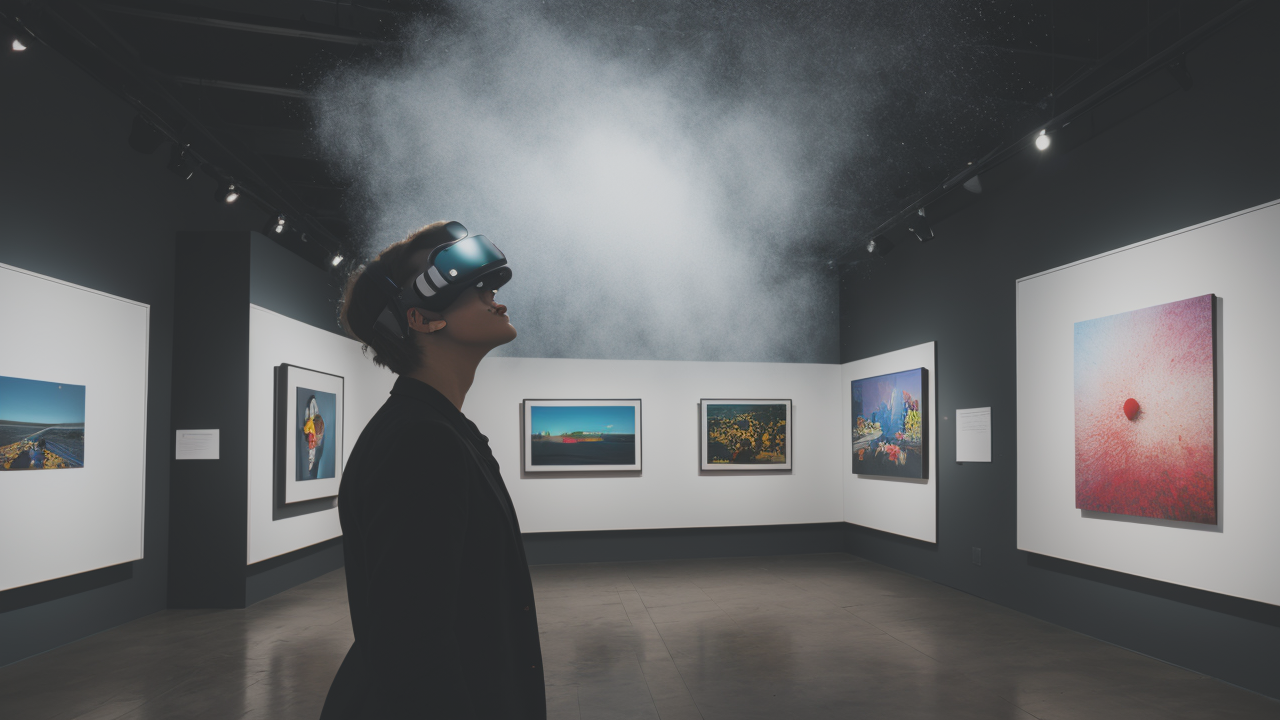
SG250: The Innovative Material Reshaping Modern Sculpture in the United States
The Evolution of Pop Art in the United States
The Origins of Pop Art
Pop Art emerged in the 1950s as a bold response to the serious tone of Abstract Expressionism. It drew inspiration from everyday objects and popular culture. Artists like Andy Warhol and Roy Lichtenstein led the movement in America. They used bright colors and simple shapes in their work. Pop Art challenged traditional ideas about what could be considered art. It embraced images from advertising, comics, and product packaging. New York City became the center of the Pop Art movement. Artists gathered there to share ideas and push boundaries. They used new techniques like silk-screening to make multiple copies of images. This made art more accessible to the public. Pop Art reflected the growing consumer culture of post-war America. It celebrated the ordinary and turned everyday items into icons.

Key Milestones in Pop Art History
The 1960s saw Pop Art rise to prominence in the United States. In 1962, Andy Warhol's Campbell's Soup Cans show made waves in the art world. It turned a common grocery item into a cultural symbol. The same year, Roy Lichtenstein's first solo show amazed critics with his comic book style paintings. 1964 marked a big year for Pop Art on the global stage. Robert Rauschenberg won the top prize at the Venice Biennale. This win showed that Pop Art was gaining international respect. By 1967, Pop Art had entered major museums. The Museum of Modern Art in New York held a landmark sculpture exhibition. It featured many Pop artists and solidified the movement's place in art history. Throughout the 1970s, Pop Art spread beyond paintings and sculptures. It influenced music, film, and fashion, becoming a part of American popular culture.
Contemporary Pop Art in the Modern U.S. Scene
Today, Pop Art continues to thrive and evolve in the United States. New artists are building on the foundation laid by Warhol and others. They use modern technology and address current social issues in their work. Digital art and social media have become new canvases for Pop Art expression. Artists like KAWS blend Pop Art with street art and collectible figures. Shepard Fairey combines Pop Art style with political activism in his work. Museums regularly feature Pop Art shows that mix classic works with new creations. Many young artists use Pop Art techniques to comment on today's digital culture. They create art that speaks to the influence of social media and technology. Pop Art's bold visuals and cultural commentary still resonate with audiences today. The movement's spirit of accessibility and fun remains strong in contemporary art scenes.
Innovative Pop Art Events Across the Country
Major Exhibitions and Their Impact
Big Pop Art shows continue to draw crowds across the United States. These exhibitions often mix famous works with lesser-known pieces. The Whitney Museum in New York is known for its comprehensive Pop Art retrospectives. These shows give a full picture of Pop Art's history and influence. On the West Coast, the MOCA in Los Angeles hosts important Pop Art exhibitions. These events highlight California's unique contributions to the movement. Traveling shows bring Pop Art to smaller cities and towns across America. They help more people experience this vibrant art form firsthand. Major exhibitions often spark new interest in Pop Art among collectors and the public. This can lead to higher prices at art auctions and increased gallery sales. The impact of these shows goes beyond the art world. They influence fashion, design, and popular culture in various ways.

Pop Art Fairs and Local Gems
Pop Art fairs have become popular events in many American cities. These fairs showcase both new and established artists in a fun, casual setting. They offer a more accessible way to see and buy Pop Art compared to traditional galleries. Many towns have their own Pop Art events that celebrate local interpretations of the style. Some cities have dedicated Pop Art museums or galleries that keep the movement alive. Art walks often include stops at Pop Art studios, giving visitors a behind-the-scenes look. Some fairs focus on specific Pop Art forms, like prints or digital creations. These specialized events cater to different interests within the Pop Art community. Local Pop Art events help keep the movement fresh and exciting for new audiences. They give emerging artists a chance to show their work alongside more established names.
Experiential Pop Art Events and Interactive Exhibits
Interactive Pop Art shows are becoming more common across the United States. These events let visitors engage with art in new and exciting ways. Many feature large-scale installations that surround visitors with Pop Art imagery. Digital technology is often used to create dynamic, changing artworks. Some exhibits allow visitors to create their own Pop Art-inspired pieces. Virtual and augmented reality bring new dimensions to Pop Art experiences. These tools can make static images come to life or create entirely new art worlds. Pop-up events bring art to unexpected places, surprising and delighting passersby. Some events combine Pop Art with music, dance, or performance art. This creates rich, memorable experiences for visitors of all ages. Interactive exhibits are especially popular with younger audiences. They help ensure that Pop Art stays relevant and engaging for new generations.
The Future of Pop Art Events and Cultural Engagement
The Role of Social Media and Online Platforms
Social media has become a key tool for sharing and promoting Pop Art. Artists use platforms like Instagram to showcase their work to global audiences. Online galleries and virtual exhibitions make Pop Art accessible from anywhere. Live-streaming allows people to attend Pop Art events remotely. This technology helps broaden the reach of exhibitions and artist talks. Social media challenges inspired by Pop Art engage users creatively. They encourage people to create and share their own Pop Art-inspired content. Online communities bring together Pop Art enthusiasts from around the world. These groups share ideas, discuss trends, and support emerging artists. Digital platforms also allow for new forms of Pop Art creation. GIFs, memes, and digital collages carry on Pop Art principles in the digital age. The intersection of Pop Art and social media continues to evolve rapidly.

Emerging Trends in Pop Art Exhibitions
Pop Art exhibitions are embracing new technologies and formats to engage visitors. Virtual reality tours allow people to explore Pop Art in immersive 3D environments. Augmented reality adds digital layers to physical artworks, enhancing the viewing experience. Many exhibitions are becoming more interactive, encouraging visitor participation. Pop-up galleries and temporary installations create excitement with surprise locations. Collaborations between Pop artists and brands are becoming more common. These partnerships result in unique products and experiences for art lovers. Some shows focus on eco-friendly art practices, reflecting growing concerns about sustainability. Cross-disciplinary exhibits combine Pop Art with other fields like science or history. These innovative approaches keep Pop Art fresh and relevant to contemporary audiences.
How Pop Art Events are Shaping the Art Landscape of Tomorrow
Pop Art events continue to influence the broader art world in significant ways. They challenge traditional notions of what art can be and where it can be displayed. The emphasis on accessibility and mass appeal is inspiring other art movements. Pop Art's bold aesthetics are influencing design trends across various industries. The integration of technology in Pop Art events is setting new standards for exhibitions. This trend is encouraging other art forms to embrace digital innovations. Pop Art's celebration of popular culture is blurring lines between high and low art. This shift is making art more inclusive and relatable to wider audiences. The success of Pop Art events is inspiring new forms of cultural engagement. Museums and galleries are rethinking their approaches to attract and retain visitors. As Pop Art evolves, it continues to reflect and shape American culture. It remains a dynamic force in the art world, always adapting to new societal trends.


